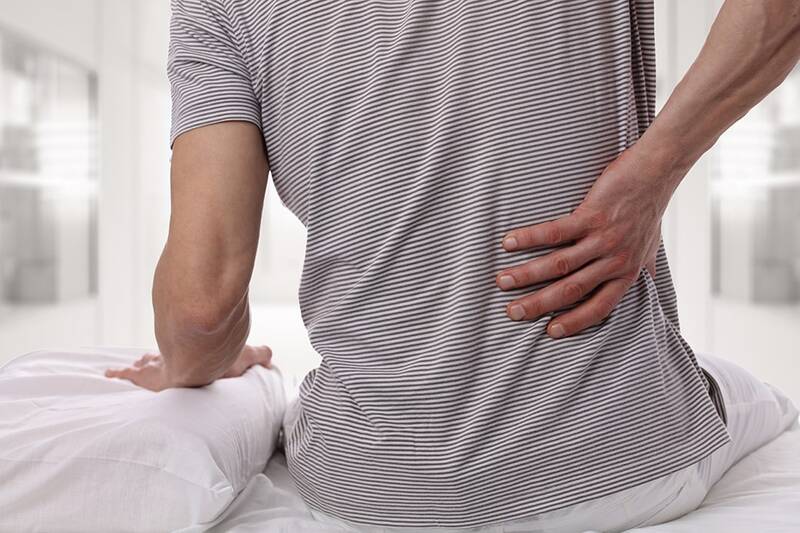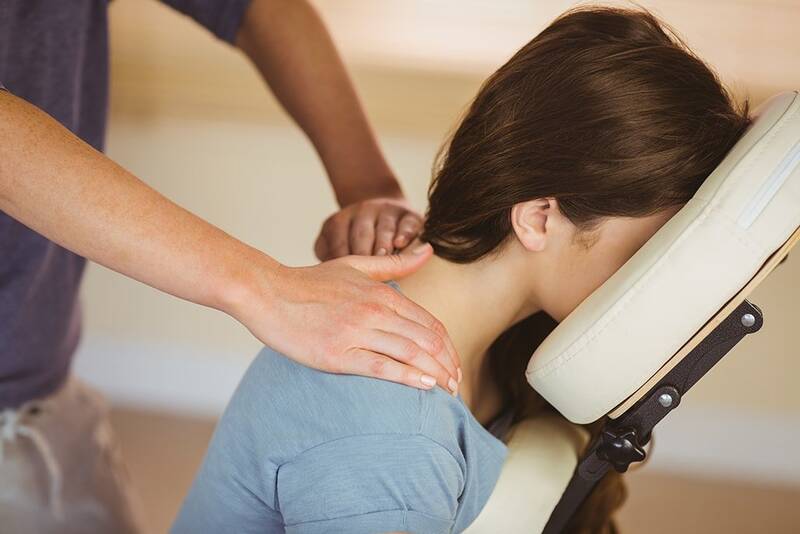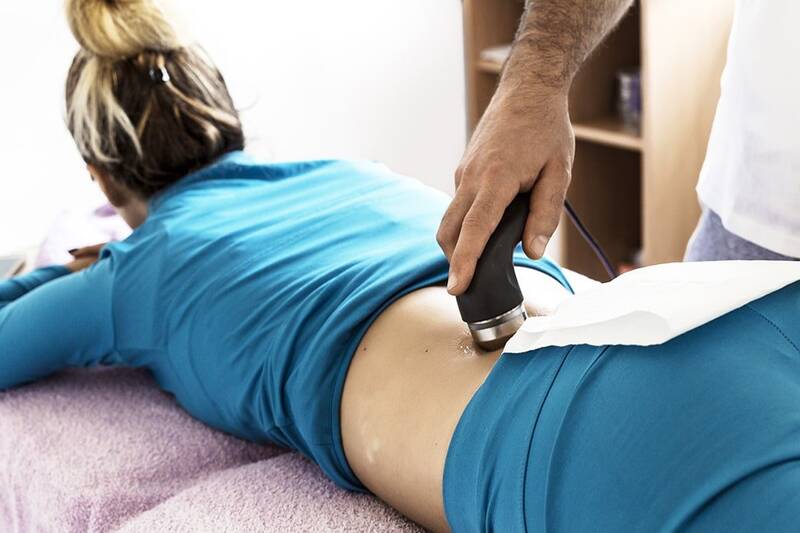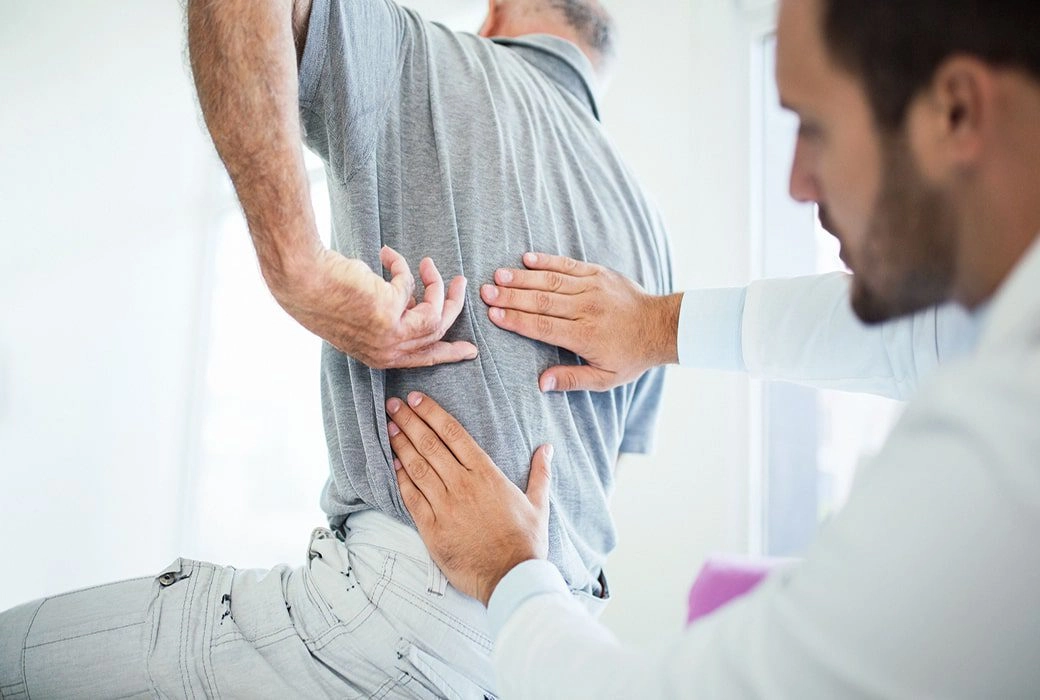One of the most common causes of low back and neck pain is due to degenerative disc disease. While this is called a “disease”, it’s actually nothing more than wear and tear on the discs in the spinal column that come from age and everyday movements.
The neck and lower back are typically the areas that are most affected, because these tend to be the areas that do the most movement and suffer from the most stress and shock.
The breakdown of the discs in the spine can cause pain as it puts pressure on the spinal cord and can even lead to pinched nerves.
If you are suffering from pain due to degenerative disc disease, you want relief and you want it now! No one wants to live their life in pain.
We will discuss how you can keep pain at bay and feel more in control of your life so you don’t feel as if you are going to lose your mind!
What Are the Signs and Symptoms?
Sometimes, other issues, such as bulging discs, can have similar symptoms to DDD. Your chiropractor in Anchorage can determine if the pain you are experiencing is due to degenerative disc disease or from some other issue, such as spinal stenosis.
Common symptoms include:
- Pain, sometimes intense, usually in the neck or lower back but can occur anywhere in the spine
- Weakness or numbness in the legs
- Sitting hurts more than standing
- Twisting or bending can also make the pain worse
- A burning feeling in the neck or lower back
- Stiffness or soreness in the neck or back that doesn’t go away
What Are the Causes of DDD?
Osteoporosis and arthritis are major contributors to this problem, injuries and age also play their part.
It is not uncommon to see 30- or 35-year olds with degenerative disc disease. They often wonder how they are going to manage when they are 60, but the strange thing about discs is that by 60 or 70, the discs have dried out so much that they actually cause less pain for most people.
It is rare to see someone in their 60’s or 70’s who does not have some degeneration of the discs in their spine, however, they feel little or no pain.
Your chiropractor can order an MRI, which will clearly show where the degeneration is occurring and if there are any abnormalities in the spine. As many as 30% of persons who suffer from DDD have some type of spine abnormality.
It is unclear why some people, even those with spine abnormalities, will suffer from degeneration of the discs in the spine and others do not.

Top 5 Ways to Beat the Pain
Most people with DDD suffer from pain and other symptoms that flare up now and then, but don’t usually become worse over time.
The main goals for those with degenerative disc disease are:
- Pain relief
- Achieving enough of a relief from pain that rehabilitation exercises can be performed
- Managing flare ups at home and/or work
- Preventing excessive stress on the affected areas
- Learning ways to manage stress in day to day life
With these goals in mind, a chiropractor for degenerative disc disease treatment for low back and neck pain makes perfect sense.
Some of the best ways to beat the pain are:
1) Chiropractic Manipulation

Those with low back or neck pain often ask, “Can a chiropractor help with degenerative disc disease?” Because this is something that cannot be “cured” but must be managed, the answer is yes!
Through spinal manipulation, your chiropractor can relieve pain by removing pressure from the very sensitive spinal column. By restoring blood flow to the area and reducing muscle tension, pain relief occurs almost instantaneously.
Manual manipulation will increase range of motion and release endorphins, which are the natural painkillers of the body.
In one study, an elderly man with DDD found complete pain relief after only 2 visits to his chiropractor and no longer needed a walker after just 4 visits.
Your chiropractor is a highly trained specialist in this area and can offer a great many other solutions to help ease your pain and manage your flareups, including trigger point therapy and other modalities, such as low-level laser light therapy, heat therapy, ultrasound, and spinal decompression.
Chiropractic care is a drug free, non-invasive means of helping your body heal itself, as nature intended it to.
After your diagnosis and a complete exam, your chiropractor will determine a treatment plan that works for your specific situation.
How bad is your pain?
Take our QUIZZES below and find out!
2) Stress Management
Believe it or not, stress is one of the major obstacles when it comes to controlling pain. Stress causes muscles to tense up and become tight, pulling on the spine, which causes pain. Yoga, deep breathing exercises, and meditation are just a few of the ways you can manage stress in your life.
Stress reduction is a major goal for most people, since it has been linked to numerous diseases, including heart disease, diabetes, obesity, and even some cancers.
Remove as much stress from your life as possible. For the stress you cannot remove, find suitable ways of dealing with it so it does not become a larger issue in regard to your health.
3) Chiropractic Massage

When you are in pain from degenerative disc disease, a chiropractic massage is, quite literally, just what the doctor ordered!
This type of massage differs from a spa massage in that the massage therapist will be working under the direct guidance of your chiropractor. The doctor will discuss your needs and the areas where he specifically sees problems and guides the massage therapist on where and what type of massage would work best for you.
Chiropractic massage releases tension and stress, relaxes muscles, and leads to feelings of self-care and comfort, as well as pain relief and faster healing from improved circulation.
Numerous studies show that massage has multiple benefits and is highly recommended for most people, even cancer patients, as a means of pain relief.
4) Sleeping with the Pain
Perhaps one of the most frustrating parts of degenerative disc disease is trying to get quality sleep at night. Your quality of life can greatly suffer if you are feeling pain during the day and can’t get your rest at night.
Why does this type of pain happen at night? Often because the way our bodies are positioned while we sleep ends up putting pressure on the nerves in the spinal column.
This means that, in order to get the sleep, you need, you will need to find what works best for your particular situation.
- Try experimenting with different pillows placed around different parts of the body. A small pillow placed under your knees as you lie on your back or a flat pillow between your thighs might help.
- Try a body pillow. Many people find that these very long pillows allow them to find more comfortable sleeping positions than a regular pillow
- If you have neck pain, a pillow designed to stop snoring often releases the pressure on the neck.
- A warm bath or shower before bed can relax the body and loosen tight muscles
The answer here is to use whatever works best for you. If you are still having trouble sleeping at night, talk to your chiropractor.
5) Rehabilitation Exercises
Degenerative disc disease exercises are called rehabilitation exercises or physical therapy. While these might sound like a lot of work, these types of movements can become your new best friend.
These types of exercises and stretching programs are designed to strengthen the core muscles and the muscles of the neck and back to better support the spine, which will reduce pain by releasing pressure on the spinal column.
Your chiropractor will show you a series of exercises and have you perform these in their presence to ensure that you are doing them correctly. These can reduce the severity and duration of any pain flare-ups when practiced on a regular basis.
These types of stretching and strengthening exercises have been shown to be very effective in reducing pain, increasing range of motion, and even improving quality of life.
Other Treatments

If your chiropractor believes that you might benefit from other types of treatment, such as cortisone injections, facet rhizotomy (using radio waves to deaden the nerves) or possibly even surgery, they will refer you to a qualified specialist in this area to get you the help you need.
While surgery or cortisone injections are rarely used for degenerative disc disease, they do help some people who have other health issues.
Your chiropractor might also have other suggestions to help with your condition, including lifestyle changes, a weight loss program, the introduction of an anti-inflammatory diet or anti-inflammatory supplements, which are known to reduce pain levels.
If you know someone who might be interested in this article, please feel free to share it. If you believe you might have degenerative disc disease or if you are suffering from chronic neck or back pain, don’t hesitate to call our clinic for a same day appointment.
Schedule an Appointment and Receive
FREE One-Hour Massage Certificate
That’s right! Receive a certificate for a free one-hour massage with our highly-trained and licensed massage therapists for use after your first appointment. Use it yourself, or give it to a friend.
[gravityform id=”8″ title=”false”]



 Lyshom Knee Disability Index
Lyshom Knee Disability Index Neck Disability Index
Neck Disability Index Back Disability Index
Back Disability Index Shoulder Disability Index
Shoulder Disability Index Headache Disability Index
Headache Disability Index





